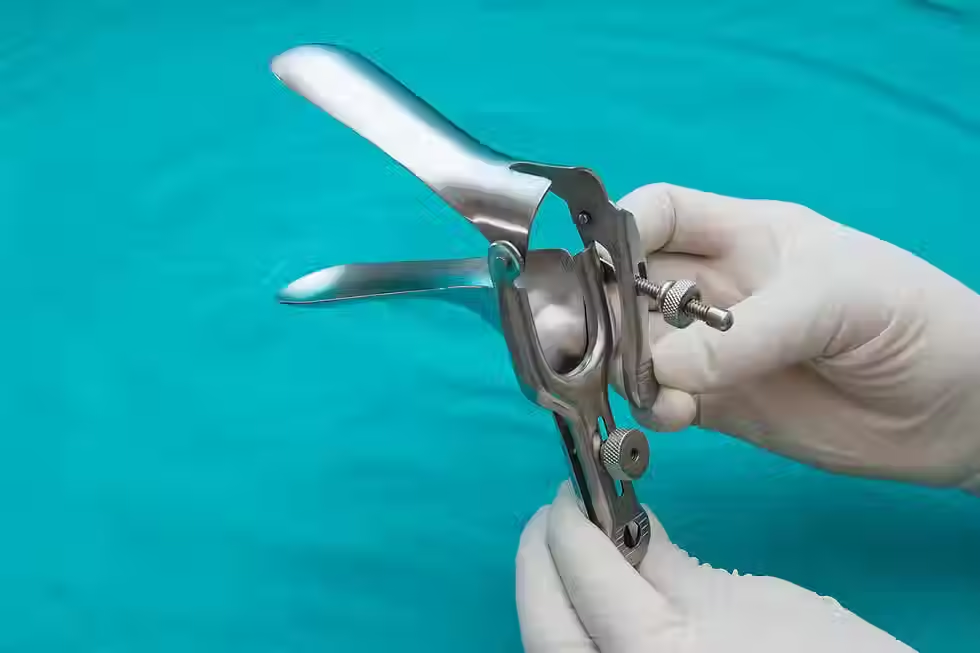The Horrifying History of the Speculum
- siricnikku
- Aug 17, 2025
- 3 min read

The Connection Between Slavery and Gynecology
In 1845, the speculum we know of today started as a bent spoon, designed by Alabama-based physician James Marion Sims. He had built his reputation with many white, wealthy plantation owners, treating their enslaved workers and ensuring they were able to continue working. Like many physicians around this time, Sims had little interest in caring for female patients and had no gynecological training. Examining and treating female organs was seen as offensive. However, this changed when Sims was treating a patient who had fallen off her horse and developed uterine retroversion, which is a condition where the uterus tilts backwards. While examining her, Sims thought of using a custom tool to help him see into the vaginal canal, using a doubly bent pewter spoon to separate and hold apart the vaginal walls. He recognized that the patient had a vesicovaginal fistula. However, there was no treatment at the time.
After 30 operations on one woman from his records, Sims finally “perfected” his method of treating fistulas. He was able to operate on several enslaved women due to the owner temporarily shifting ownership to Sims until the women were treated entirely. Sims even went on to run his private hospital for women, working with other enslavers to experiment on enslaved women. He aimed to develop techniques that would lead them to continue giving birth. Sims’ decision not to use anesthesia on black women specifically came from his racist belief that black individuals did not experience pain. Later named as the “Father of Modern Gynecology”, Sims’ mistreatment of black enslaved women falls into a similar history to the Tuskegee syphilis experiment and Henrietta Lacks, dehumanizing and breaking medical trust of the black community that persists today.
Two-bladed to the Duckbilled Speculum
In 1870, Edward Gabriel Cusco developed on Sims’ crude creation with a two-bladed instrument with a screw mechanism that would open up the vaginal canal. To combine Sims’ curved design and Cusco’s double-bladed structure, T.W. Graves, a Massachusetts-based doctor, made the duckbilled speculum most popular within medical establishments today. A century after Sims’ first discovery, cervical cancer was the deadliest form of cancer for women at the time. In response, Dr. George Papanicolaou suggested swabbing cells from the cervix for examination under a microscope. The speculum made it possible to do this, which led to the Pap smear and resulted in fewer casualties from cervical cancer. However, in current times, advanced-stage cervical cancer is on the rise again due to fewer women getting pap smears as a preventative measure. There is already a lot of fear around being vulnerable during a pap smear, leading to fewer women getting regular check-ups at their OB/GYN.
Advancements to Women’s Health
The slowly rising “femtech” industry, a term coined in 2013 to describe technology for the female body, wishes to change the statistics by reimagining the speculum. Along with the appearance of the speculum, the negative experiences many female patients have during cervical cancer screenings and OB/GYN visits as a whole reflect the culture of medicine not respecting women’s bodies and experiences, especially those of color. Educating on women’s bodies as well as establishing trust again between marginalized communities, such as the black community, and the medical community, are necessary steps to ensure better reproductive health and health as a whole for everyone.
Thank you for reading,
Siri Nikku
Sources:



Comments